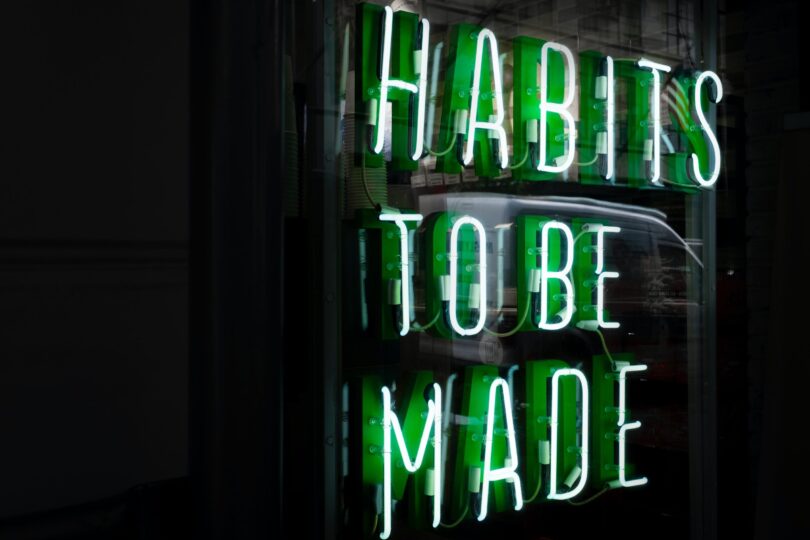[This is an excerpt from my book Emotional Intelligence in the Workplace, which is currently available at Amazon and wherever you buy books.]
The behavior you demonstrate at work speaks volumes with regard to your overall emotional intelligence, and this behavior shows up directly in your habits. A habit—good or bad—is simply routine behavior repeated continually and without thinking. And because habits are automatic, you may not necessarily be aware of the impact they have on you or on others.
If you’re not clear which of your habits may be holding you back, you could scan past performance reviews for clues. There may be an indication of some habits that were identified as inappropriate and they may need to shift. You can also learn which habits are holding you back by directly asking your supervisor or a colleague you trust. Just remember to control your reaction, so that they feel comfortable fully sharing what they observe.
For example, let’s say a colleague says you have a tendency to look away when people are talking to you and this makes them feel you are not trustworthy. Knowing this habit is undermining your need to connect with others, you could try to keep longer eye contact with others instead of looking away.
Of course, if you’ve ever tried to break a habit or create a new one, you know it can be difficult to do. This can be due to a lack of self-discipline, but it is also likely that you haven’t broken the habit down small enough, so you can see incremental progress to keep you motivated and moving forward. Take the example of not looking people directly in the eye. This could be broken down so that you can work on looking just one person in the eye when he or she speaks to you. Get comfortable with that single interaction before attempting to do it with everyone.
“Habits should be small and easy do,” says James Clear, author of the book Atomic Habits: Tiny Changes, Remarkable Results. “If you make changes that are small and easy to do, and layer them on top of each other like units in a fundamental system, you can get powerful results.” Clear calls habits the compound interest of self-improvement because over time these incremental steps compound and help you end up in a very different place.
Three important lessons Clear has found to help break bad habits and form new ones:
- When you perform a habit, you execute a four-step pattern: cue, craving, response, reward.
- If you want to form a new habit, you should make it obvious, attractive, easy and satisfying.
- You can use a habit tracker to measure your progress and maintain your motivation.
It can also be very helpful to recruit someone to observe your efforts and provide support as you make progress on your habits. Perhaps you can find someone at work who is also looking to break a habit or create a new one. You may want to partner with that person to keep you both motivated.
There are many estimates for how long it takes to develop a new habit. I’ve heard claims of 21 days to 30 days to 66 days to 254 days. The fact is that it’s going to take as long as it’s going to take. Rather than pinpoint a specific date on the calendar when you are done, look at habit forming or habit breaking as a continual process. If you embrace a growth mindset, you’ll recognize that you are never really finished with the learning involved.
By focusing on your habit daily, it will become ingrained and begin to lock in. Stay at it, acknowledge gradual progress, and don’t give up because of the inevitable setbacks you’ll encounter along the way. Before long, you won’t even be thinking about it because it will have become automatic. That’s when the habit becomes, well, habitual.
Your overall level of emotional intelligence in the workplace is demonstrated through your habits. The behavior expressed in these habits either enable or prevent others from connecting, trusting and working with you effectively. Habits are foundational to the personal and social competencies of emotional intelligence.

